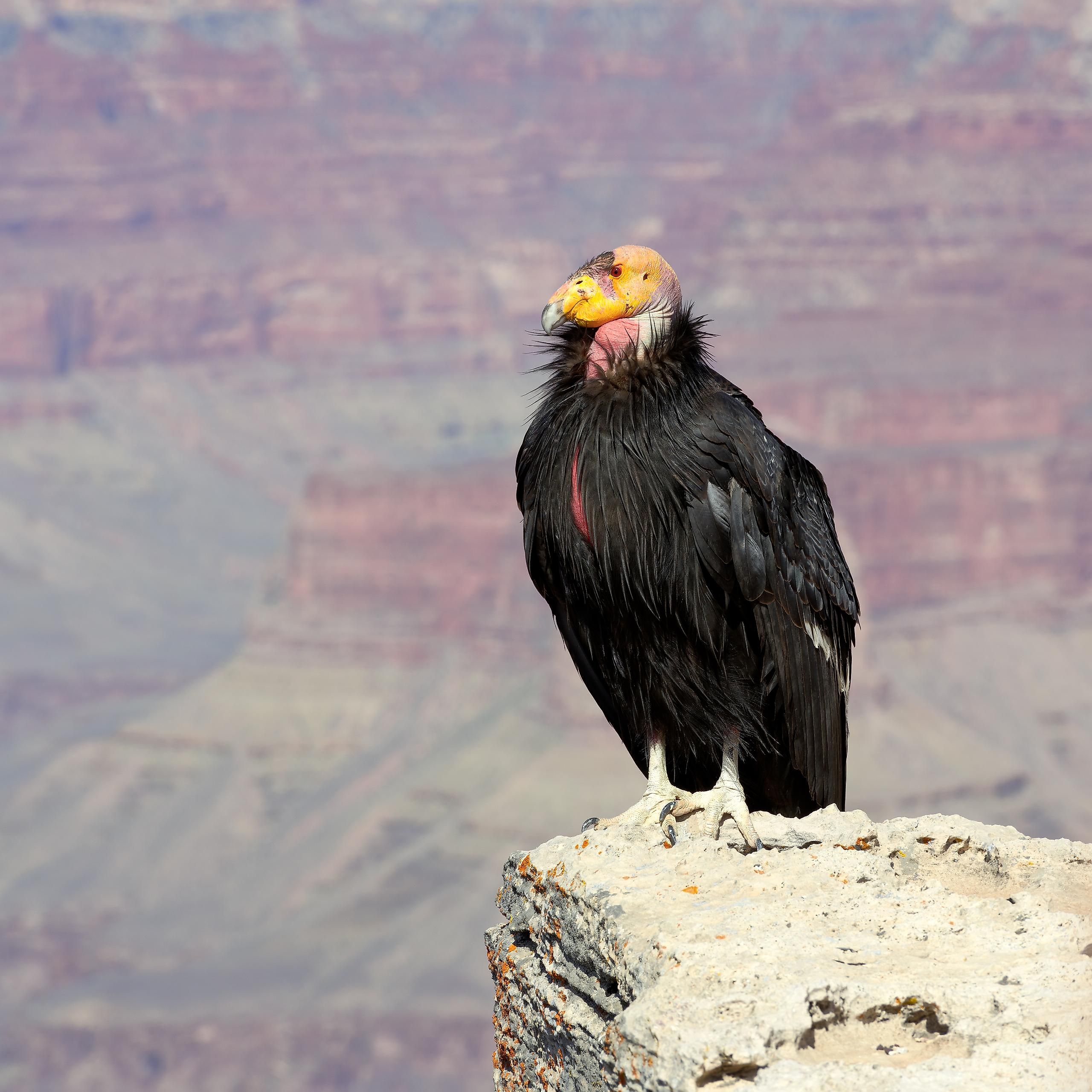

For example, the critically endangered smalltooth sawfish may be turning to parthenogenesis as mates become increasingly difficult to find in the wild. There’s evidence in other species to suggest parthenogenesis can be a life raft of sorts for a species in trouble.

With such a low population, it’s possible the condors may be using parthenogenesis as a survival tool, says Reshma Ramachandran, a reproductive physiologist and microbiologist at Mississippi State University who was not involved in the research. Only around 300 of this critically endangered species soar through the skies above California, Arizona, and Utah. “Will it happen again? I rather believe so,” he says. “What we do know is that it happened more than once, and it happened to different females.” “Why it happened? We just don’t know,” says Ryder, director of conservation genetics at the San Diego Zoo Wildlife Alliance. What’s more, both mothers had successfully reproduced with those males before and after. What’s particularly bizarre about the condors, says Ryder, is that SB260 and SB517 had different mothers, each of them housed with males. (Read about a Komodo dragon that reproduced without a mate.) But this is the first time it’s been recorded in California condors. Scientists have also recorded self-fertilization in some captive bird species, such as turkeys, chickens, and Chinese painted quail, usually only when females are housed without access to a male. Though rare in vertebrates, parthenogenesis occurs in sharks, rays, and lizards. Such asexual reproduction in normally sexually reproducing species occurs when certain cells produced with a female animal’s egg behave like sperm and fuse with the egg. In other words, the birds came into the world by facultative parthenogenesis-or virgin birth- according to a peer-reviewed paper published October 28 in the Journal of Heredity. (Read about virgin birth recorded in a reticulated python, the world’s longest snake.) That’s how, as the scientists took a closer at genetic data, they discovered that two male birds-known only by their studbook numbers, SB260 and SB517-showed no genetic contribution from the birds that should have been their fathers. Doing that has required careful management of captive birds, particularly selecting which males and females can breed to produce healthy offspring. By 2019, captive breeding and release efforts had slowly built the total population up over 500. The entire population of these birds crashed to just 22 animals in 1982. When his colleague Leona Chemnick explained what she was seeing, his dread quickly changed to fascination.įor decades, scientists have been trying to coax the California condor back from the edge of extinction. Those weren’t the words Oliver Ryder wanted to hear as he walked to his car after a long day’s work trying to save California condors, one of the most endangered animals on the planet. “There’s something really confusing about the condor data.”


 0 kommentar(er)
0 kommentar(er)
